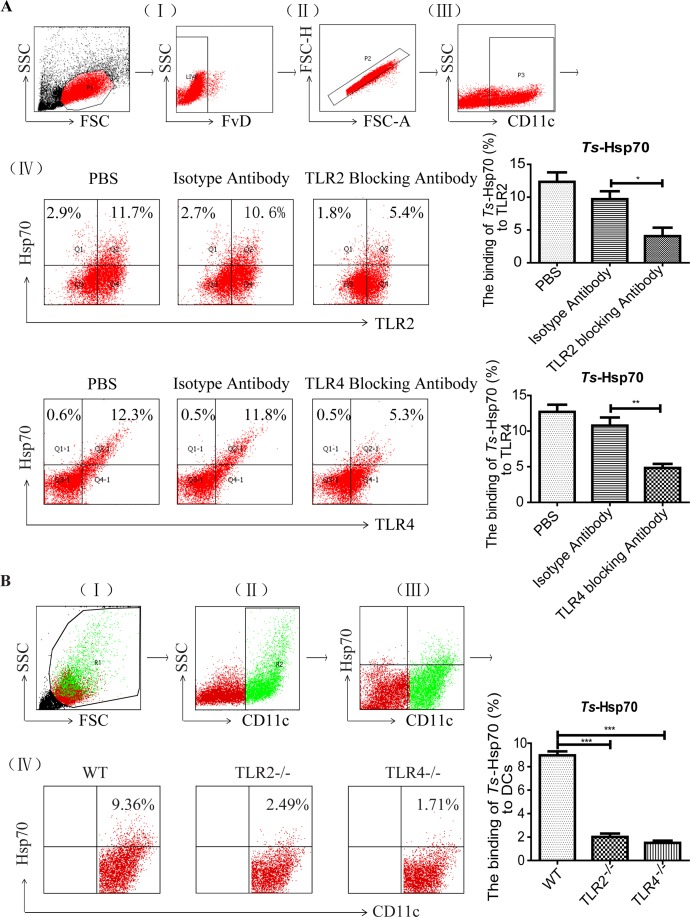Fig 1. rTs-Hsp70 binds to DCs through TLR2 and TLR4 in vitro detected by flow cytometry.
(A) Representative dot plots for the gating strategy: (I) gating on viable cells, (II) selection of non-adherent cells, (III) gating on CD11c+ cells, and (IV) selection of TLR2+ and Hsp70+ from gated CD11c+ cells (upper panel) and TLR4+ and Hsp70+ from gated CD11c+ cells (lower panel), respectively. (B) The binding of rTs-Hsp70 to DCs derived from WT, TLR2-/- or TLR4-/- mice in vitro. DCs derived from WT, TLR2-/- or TLR4-/- mice were stained with anti-mouse CD11c APC and rTs-Hsp70-PE. Representative dot plots for the gating strategy: (I) gating on viable cells, (II) gating on CD11c+ cells, (III) selection of Hsp70+ and CD11c+ from gated R1 cells, and (IV) selection of rTs-Hsp70+ from gated CD11c+ cells. The percentage of CD11c+ cells binding to rTs-Hsp70 shown on the right. All experiments were performed three times and data are shown with mean ± SD. n = 3, * p < 0.05, ** p < 0.01, *** p < 0.001.

